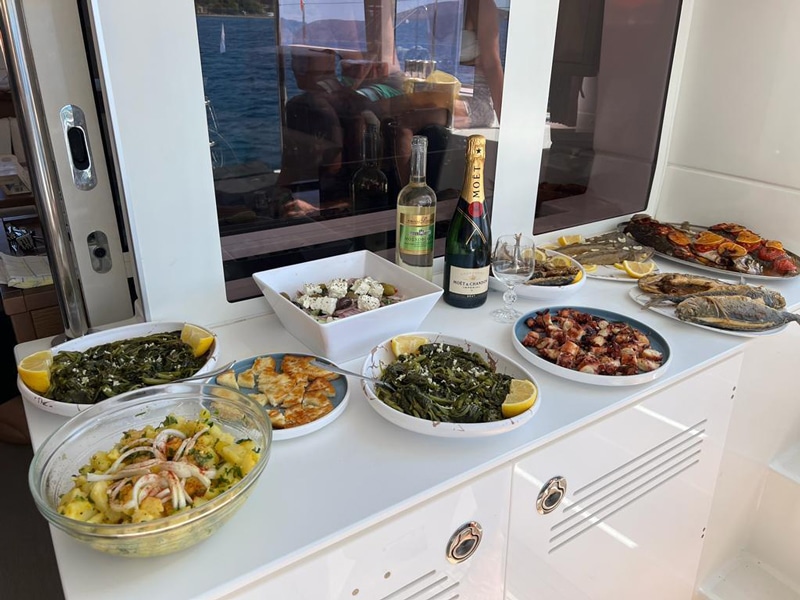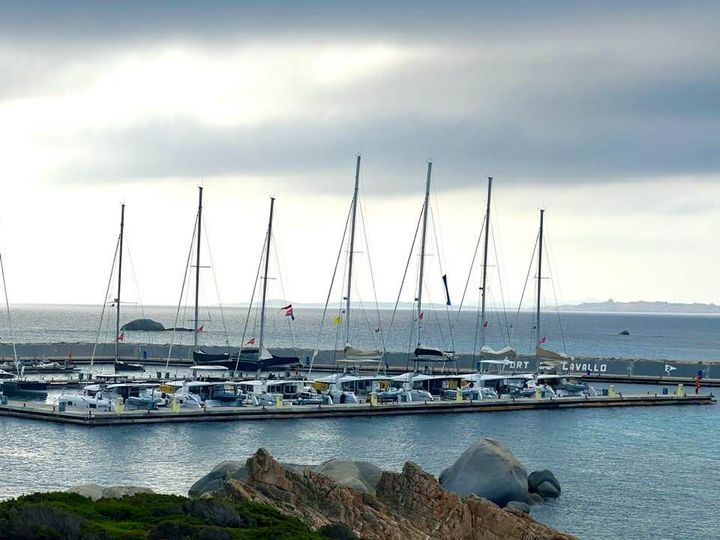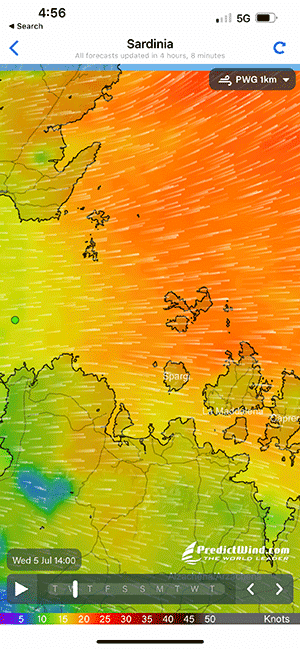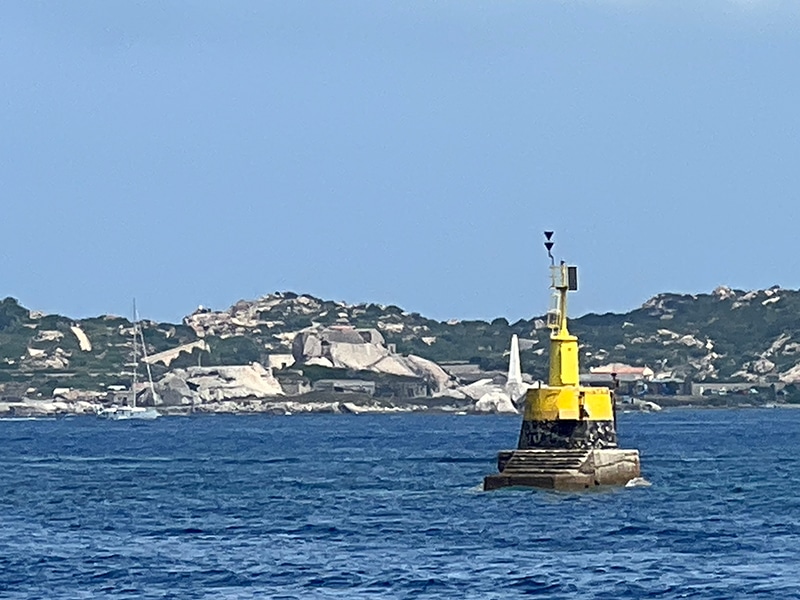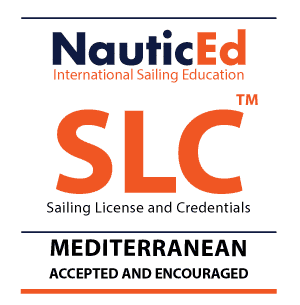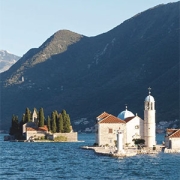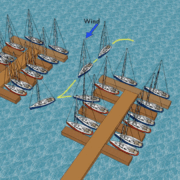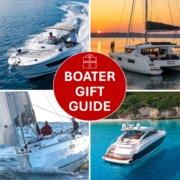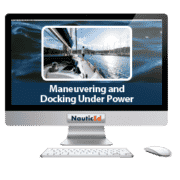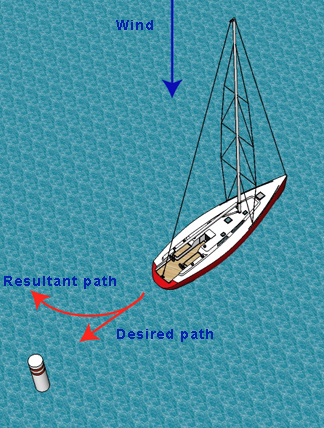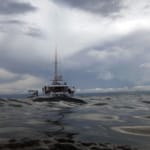Plan your dream yacht charter with NauticEd! Whether you prefer bareboat or captained, NauticEd is your trusted resource for unforgettable sailing vacations. We charge no fees—plus, our expert knowledge and extensive search capabilities often save you money. Start planning your next adventure today!
Sailing in The Mediterranean Tips
Tips for a Successful Sailing Vacation
Taking a sailing vacation in the Mediterranean is a must-do in this lifetime. Actually, correction – taking as many sailing trips in the Mediterranean as possible is a must-do. The multitude of cultures, the vast history of humanity, the clearest ocean water you have ever seen, and a food and wine experience are just some of the reasons.
Having been there more times than fingers and toes, here are some tips for the trepid.
Planning
Location: Choosing the right location is one of the more important things to do. Talk to someone who has been there regarding the type of vacation you want. For example, the Amalfi coast is gorgeous but probably not the best trip for kids. Using a Sailing Vacation Agent is the best place to start (assuming they’ve been there themselves – move on if not). Shameless plug: Nauticed Agency has been just to about every destination.
BUT don’t stress too much about selecting the location once you have multiple places narrowed down. This is because if you’re following my advice at the top, you’re going to do multiple trips to the Mediterranean – so just pick one and do the others on subsequent visits. i.e. basically flip the coin – you’re not going to have a terrible time at any location.
Time: Try to do two weeks instead of one. Seriously! In the Mediterranean, you get on the boat at 6pm on Saturday where you usually spent that night in the marina. You must return to base by 6pm on the following Friday – this gives you 5 nights out. Thus, you’re continually hopping from port to port each day with not much chance to enjoy the culture and to port-village life or even take on land excursions. Staying two weeks means a much more relaxed time with 12 nights out and time to settle into a village for a whole day for the wonderful land life that the Mediterranean has to also offer.
Having said that, we know that vacation is limited for many people. If you can only do one week – do it anyway. You’ll have an amazing time.
Do note however that if you book the boat in advance enough, you can pay for an early departure on the Saturday. It cost about €200 extra. BUT we advise to do a very good job at checking out the boat prior to departure. Sleeping on the boat in the marina the first night has the advantage of finding things wrong with the boat.
Tour Around Before and After: If time allows, don’t fly in, do the charter, and fly out. There are so many places to visit at each location. For example, Croatia is an amazing sailing destination, but you don’t want to miss out on staying in the Diocletian Palace in Split for 3 nights. Trogir is a charming little ancient village which is also a 2-night must-stay right before your charter (most boats go out of the marinas close to Trogir). Afterward, you simply must do the drive from Split to Dubrovnik which is one of the more impressive coastline drives in the world. But don’t zoom down in the google maps predicted 3 hours. Spend 2 nights on the road getting there. Dubrovnik itself is worth a 3-night stay.
Boat Selection: Catamarans are all the rage and make for extremely comfortable living quarters on the water and in port. The downside is the marina costs are more and so a monohull can be a good option. Also, a monohull allows you to squeeze into the last spot if the marina is packed. Additionally, monohull rental prices are cheaper and the selection of monohulls is greater in the Med as compared to the Caribbean since most of the Caribbean charter boats these days are Catamarans. It is up to you as to your preference.
Skipper: You can “bareboat” meaning you skipper yourself (see licensing requirements below). Or you can hire a skipper. Hiring a skipper is the prudent thing to do if you have any trepidation about your sailing skills. The mountains in Europe create “interesting” weather situations whereby winds can seemingly come out of nowhere. The French Mistral can blow 30 knots (as we recently experienced in Sardinia). A skipper can also act as an amazing guide for the secret and best locations given that your time is limited. See our blog on Why hire a skipper. The cost is inexpensive at around €1600 for the week plus tip.
Here is Mauro, one of our Skippers on the 2023 NauticEd Sardinia flotilla. His crew-guests loved him.
Skipper: You can “bareboat” meaning you skipper yourself (see licensing requirements below). Or you can hire a skipper. Hiring a skipper is the prudent thing to do if you have any trepidation about your sailing skills. The mountains in Europe create “interesting” weather situations whereby winds can seemingly come out of nowhere. The French Mistral can blow 30 knots (as we recently experienced in Sardinia). A skipper can also act as an amazing guide for the secret and best locations given that your time is limited. See our blog on Why hire a skipper. The cost is inexpensive at around €1600 for the week plus tip.
Here is Mauro, one of our Skippers on the 2023 NauticEd Sardinia flotilla. His crew-guests loved him.
Hostess/Chef: This is really a personal preference, but multiple times now we have elected to hire a hostess/chef to manage the provisioning, food preparation, food service, and cleaning. More than likely we will always now do this. The experience is so good and worth it. The cost is inexpensive at around €1200 for the week plus tip (€600 min) but believe me, you will want to tip heavy because they do such a great job and make your vacation a true delight. In the Mediterranean, we generally eat dinner ashore (and sometimes lunches) but with a hostess/chef, you can choose to eat ashore or on the boat (especially if you’re anchored under the stars). They make local delicious food to your preferences and take care of all things galley!
There is a hidden cost savings in that you’re eating out less at restaurants every night – although you will want to pop out for an after-dinner digestive.
Here, Viviene, our lovely hostess in our 2022 Athens charter served us an amazing dinner on our Lagoon 42. How’d you like to eat like this every night?
Marinas
The Marinas in the Mediterranean are a highlight. They are always impeccably maintained, the bathrooms are clean, and there is always an associated village with cafes, bars, restaurants, fruit stands, ATM machines, and grocery stores. However, the mooring fees can be expensive – in Croatia expect to pay €180 for a night for a 45 ft Catamaran for example. In Sardinia in Porto Cervo, we paid €320 for a Lagoon 52.
Provisioning: Provision light at your charter base because you can top up on fresh everything at each of the marina villages along the way. we recommend loading up on the excellent local cheeses and local charcuteries including the delicious Mediterranean wines (to be consumed responsibly (advice from our council)). Many destinations have preordering ability for provisions online – ask your charter agent at the time of booking. If you hire a hostess/chef, they will do all the provisioning and reprovisioning at each stop for you.
Marina Reservations: In high season periods, you may need to make a reservation for the marinas you plan to stay at.
Docking
This is where you might consider a skipper if you are not highly competent at doing Mediterranean Moorings. If you feel you are a competent sailor, our advice is to get some training and then practice at home many times over in various wind conditions. One problem with practice is that almost all marinas in North America and other places do not use the Mediterranean style of mooring or docking and so it is hard to do a proper set-up. Enter Virtual Reality training – laugh if you will but there is a reason pilots do VR training before they do it for real. My friend who is an ex-Navy Top Gun trainer said he did 1000 carrier landings before he did a carrier landing. With the NauticEd/MarineVerse VR training program on the MetaQuest device, you can do 1000 dockings before you do a docking.
See the NauticEd Virtual Reality Training program here: https://www.nauticed.org/sailing-courses/view/virtual-reality-sailing. Included are all the directions on how to buy the MetaQuest device and get to the app. We have both kinds of Mediterranean mooring in the app – Med mooring with an anchor and Med Mooring with a slime line. We also have built into the app that you can change the wind speed and directions to truly simulate a real experience. The MetaQuest device is $300 and the NauticEd/MarineVerse app is currently only $20. That cost is less than a single gel coat scratch and a real justifiable cost. Plus it is a heck of a lot of fun.
Here is the question: If you know you will have to do Mediterranean Style moorings and you are not absolutely competent at doing them, then why would you wait to get there to try to figure it out? In the NauticEd Mediterranean Sailing License that we issue, the SLC, we absolutely require you to be competent at this skill prior to license issuance. Practicing in VR will assure that you can become competent at this skilled procedure.
Here is a short video introducing our slime line module in the app.
That being said, many marinas provide help by having a rubber dinghy in the water to push your bow or stern in the right direction. From experience, they know that a lot of people are not proficient at Med Mooring. But just don’t be one of those people. With VR you now have no excuse.
Itineraries
There are many itineraries for each location. In fact, in our Ionian flotilla trip, we did two one-week flotilla trips back to back. The second week’s itinerary was completely different than the first. The NauticEd Sailing Blog site has many itineraries that you can follow for each location. Here is an example of our recent Ionians, Greece flotilla trip.
Don’t expect a chart briefing at the base as most Mediterranean companies do not do one.
Weather
Download the Predict Wind App. You’ll want to be checking the predicted wind all week which helps you decide on your ongoing itinerary. NauticEd Students who have the Skipper Course or the Weather course get free access to the full Predict Wind App for 6 months. See instructions inside your courses.
Flexibility: You need to be flexible on your continued itinerary. If the wind is high or a slogging beat into the wind, why not change your itinerary to match? It is the prudent thing to do.
Bareboat Charter Knowledge
Some licensing systems, namely the ICC, PCOC, and the IPC woefully ill-prepare you for chartering if you have never chartered before. For example, electronic navigation and maneuvering under power in a marina are not even part of the curriculum. We highly recommend the NauticEd Bareboat Charter Master bundle of courses for comprehensive knowledge training. Over 20,000 reviews at 4.9-star rating can’t be wrong. Many seasoned sailors have called us and reported that they gained valuable learnings in the courses. For this reason, this is a requirement for gaining the NauticEd SLC – the preferred and accepted sailing licence for the Mediterranean.
Navigation
Electronic charts are fairly accurate in the Mediterranean. However, what is a must is that you take your own tablet loaded with the Boating App from Navionics/Garman. On several trips, the supplied chart plotter did not have the navigation chip in the chart plotter.
The Mediterranean uses IALA-A system of lighthouses and buoys. This means that Red-Right-Returning will end you on the rocks. Instead, it is Red-Right-Out. We highly recommend that you take/retake the FREE NauticEd Navigation Rules Course. There you will also learn about Cardinal Marks which are used extensively in the Mediterranean. These are discussed in the above course as well.
An iPhone screenshot from the Predict Wind App.
The below is an example of a Cardinal Mark. It has a specific meaning for safe navigation. Do you know? The answer is in our free Navigation Rules Course.
Licensing
No matter how much experience you have driving your car, you have to have a driver’s license – right? Well, it is the same for the Mediterranean – you simply must have a sailing license – and what rubs hard is that a US Coast Guard license is not going to work. Grrrrr you say – but the US Coast Guard 6 pax or masters does not require an on-the-water competence test nor do they discuss European navigation system.
There are several licenses that do meet the legal requirements but be careful – if you have a license, the charter company may still turn you down because you don’t have enough experience on your sailing resume. That’s right – you must have an acceptable Sailing Resume AND a Sailing License. This negates those companies that do “Zero to Hero” programs. They might issue a license but 10 days on the water is not enough to satisfy a charter company.
For this reason, the NauticEd SLC is the most widely revered because you can’t get the SLC without having an acceptable resume. They go hand in hand.
The NauticEd SLC is simple to get if you have an acceptable amount of experience on boats of similar size that you plan on chartering. The process is simple as online courses, an on-the-water assessment of skills, and at least 50 days of sailing experience; 25 of which as master of the vessel and 25 on a boat greater than 28 ft. See this page for the complete details: https://sailing-blog.nauticed.org/how-to-gain-your-slc-mediterranean-sailing-license/
Language
Almost everyone at the charter base and most people, in general, speak English. But we do find it handy to download the google translate app. It can read and translate text, listen to your voice, and provide a real-time translation back in any language. It is especially handy for restaurant menus.
Money
ATM machines are almost everywhere and so it is easy to get Euros (In 2023, Croatia switched to using € currency). Just make sure you select the “Don’t Convert For Me” button at the ATM. If you allow the machine to convert for you, you pay a much higher exchange rate. It is better to let your own credit card do the conversion. At restaurants and other stores, always select “Charge me in €”.
It is always good to have small bills and coins to do tipping. Restaurant credit card machines don’t have a tip button so you need to tip in cash. Sometimes it is hard to break the big bills from the ATM machines at smaller stores so try to break them whenever possible such as a grocery store. At the ATM machine ask for €180 instead of €200 – this means you will at least get 4 of 20’s rather than 4 of 50’s.
Internet Access
Most phone plans charge $10 per day or so for international data roaming and voice to a max of $100 in a 30-day period. That’s pretty good. However, they limit your hotspot data to 5GB. So, many times you don’t need to select the wifi plan on your charter boat. Cellular coverage in general is pretty good. Many restaurants have wifi.
Electricity
Here is an extensive blog article we wrote on electricity in europe and on your boat.
In Summary
The more you learn the greater is life’s adventure. NauticEd is here to help you become a competent sailor in all aspects of sailing. Knowing how to pull the ropes is one thing but knowing nuances like the above is invaluable to your successful adventures. No matter how much you know now, we are here to fill in the gaps and grow your competence.

